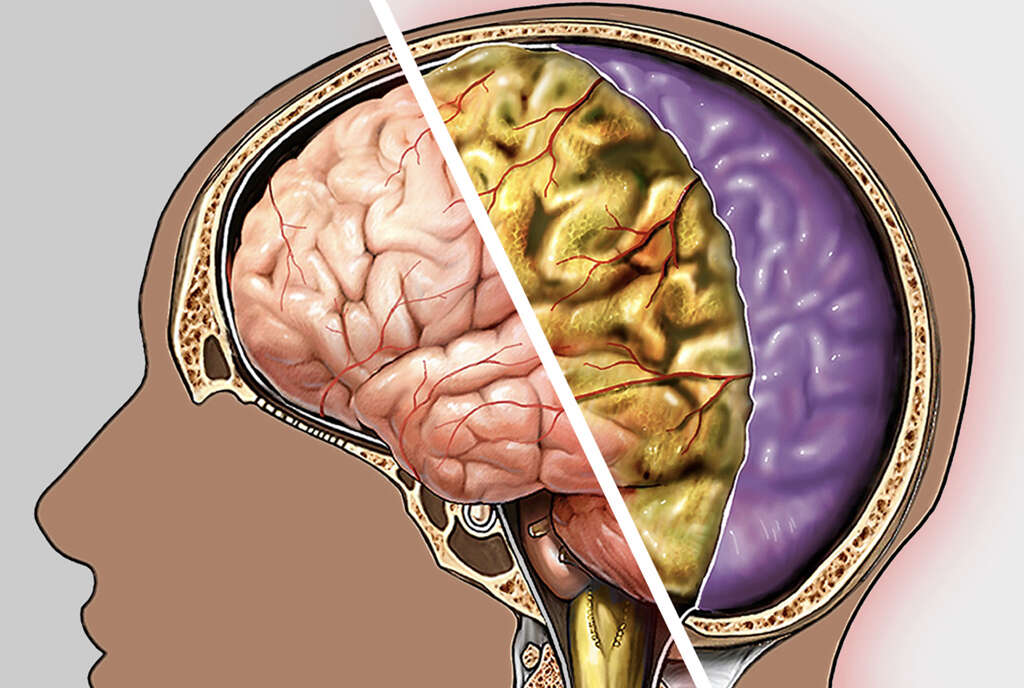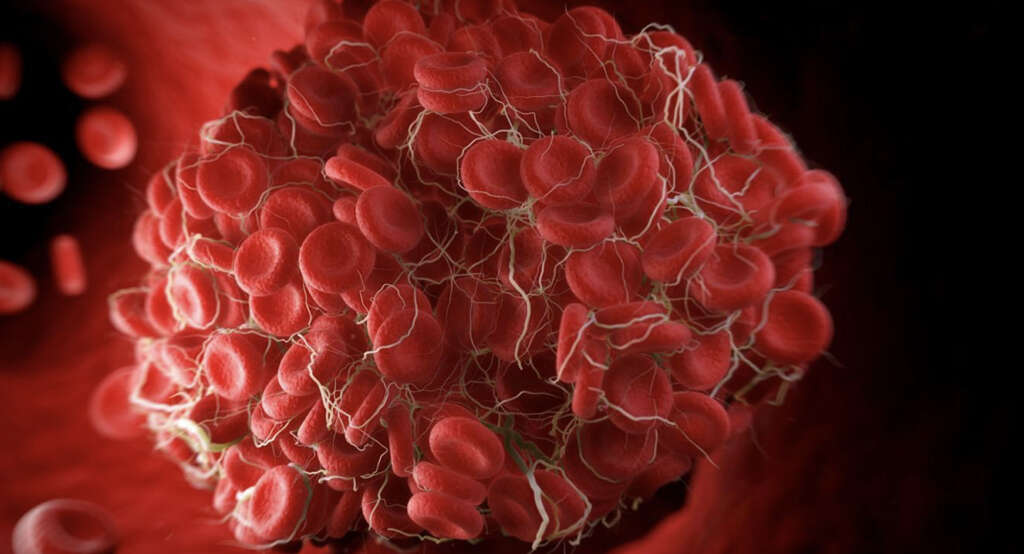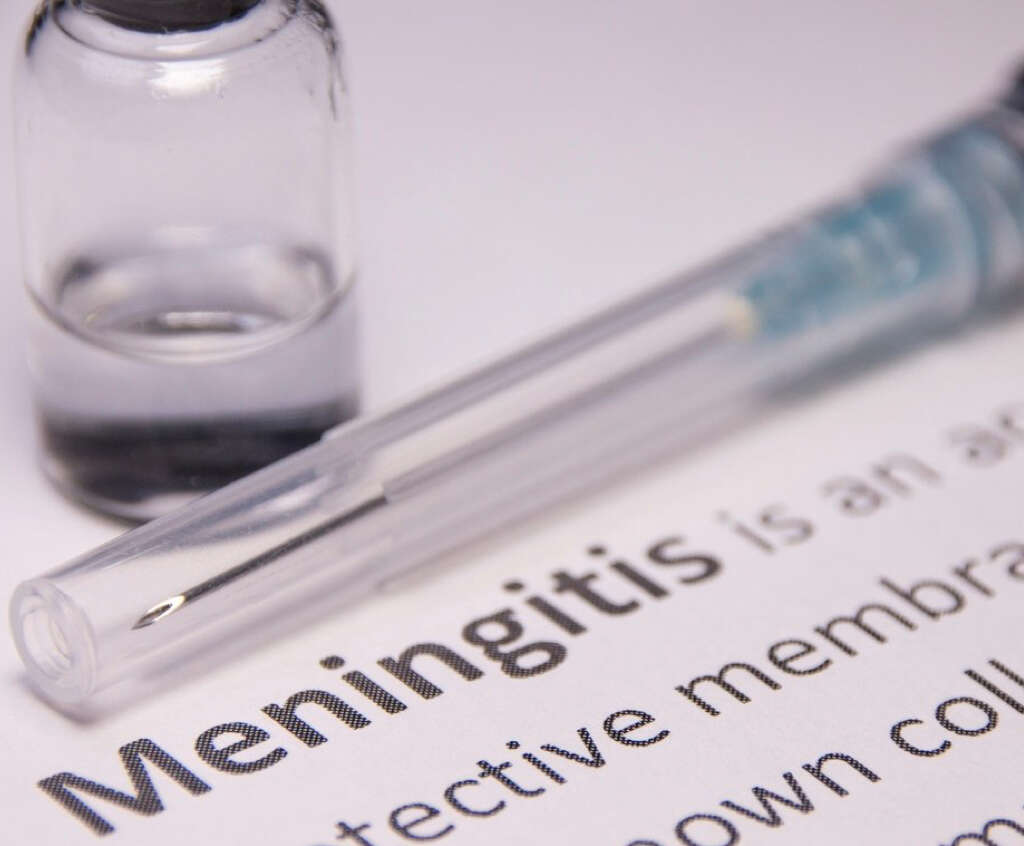What Is Meningococcemia?
Bacteria are microscopic organisms that are found all around us. A small fraction of them can be very dangerous to us, and some can even be deadly. The good news is that our natural defenses are effective, if not perfect, at keeping us safe from such dangers.
If we do become infected by bacteria then they can infect different parts of the body. In some cases, they can even infect our blood as it flows throughout our body. One example of a potentially dangerous bacterium that can infect the blood is Neisseria meningitidis, which can cause a disease known as Neisseria meningitidis in some people.

1. Meningitis
Covering our brains and spinal cord is a thin membrane known as the meninges. The membrane helps to keep the organs safe from infection, but it is not impervious to infections itself. When it does become infected, which is thankfully rare, it results in a condition known as meningitis.
An infection of the meninges is likely to cause the membrane to become inflamed, and this has the potential to cause some very serious problems. It is not always dangerous, and many people will go on to make a complete recovery. It can be very dangerous in some cases, however, and it will cause a fatality in some cases.

2. Meningococcemia
Neisseria meningitidis is a type of bacteria that is sometimes responsible for causing meningitis. It can also cause some other types of infection, including meningococcemia. In this instance, the bacteria will remain in the blood without infecting the meninges. The disease typically results in an upper respiratory tract infection.
Some patients infected with the bacterium will suffer from both meningitis and meningococcemia simultaneously. Meningococcemia is a potentially fatal disease so it should be treated as a medical emergency as soon as the condition is diagnosed. It is an airborne disease, meaning it is spread by coughs and sneezes, but the disease is also thankfully very rare.

3. Causes
The bacteria that are responsible for meningococcemia are very common, and it is thought that around 10% of the population will be carriers of the bacteria. It lives in the upper respiratory tract where it will usually do no harm at all. Of all the people that do carry the bacterium, only a very small percentage will fall ill from it.
Many people will carry the bacteria without being aware of it. The bacterium is spread to other people when an infected person coughs or sneezes, spraying infected droplets of bodily fluids into the atmosphere. The bacterium can also be contracted through close contact with an infected person.

4. Early Symptoms
To begin with, patients with meningococcemia will show few symptoms. Any symptoms that do appear are usually only very mild to begin with and are likely to be passed off as another disease. When symptoms do show, they will typically include a fever and a headache.
Some patients with the condition will also develop a rash. The rash will typically consist of a lot of small spots on the patient’s skin. Patients suffering from meningococcemia will also sometimes experience anxiety, irritability, and nausea. While these conditions can be uncomfortable themselves, many patients will go on to develop even more unpleasant symptoms.

5. Serious Symptoms
As mentioned, the symptoms of meningococcemia will become more serious in many cases. The symptoms are likely to become severe enough that they compel the patient to see their doctor. One of the symptoms is that the patient can experience is blood clots.
Blood clots can be extremely dangerous so they should be treated accordingly as soon as they are discovered. There is a chance that they can block the flow of somewhere blood in the body. In addition, the patient may also have areas of their body where they are bleeding just beneath the skin. The disease will also often make patients feel very lethargic.

6. Complications
As well as the symptoms already mentioned, meningococcemia will sometimes to cause some very serious complications. One of these is the potential complications that can be caused by blood clots. In addition to causing blood clots, meningococcemia can also sometimes mean that the patient’s blood is unable to clot.
Blood clotting is essential to us because it helps to plug gaps in the blood vessels should we be injured. Without this ability, the blood can flow freely out of a wound, potentially resulting in a dangerous loss of blood. Meningitis can also be considered to be a complication of meningococcemia.

7. Who’s At Risk
As mentioned, the bacterium responsible for the disease is common, meaning just about anybody can be exposed to it. However, some people are more likely to become ill after being exposed to the pathogen. Sadly, perhaps the most at-risk group is young children, and more then half of all cases are in children below the age of 4.
Other people at risk include those that are in close contact with another person that has the disease. In addition to family members, this also includes doctors, nurses, and care workers. People that live in crowded environments are also more likely to develop the disease.

8. Prevention
There is a vaccine for meningococcemia, although it is only usually recommended to people at risk. Preventative antibiotics may also be prescribed for people likely to be exposed to the disease. In addition, preventing meningococcemia can be achieved in the same way that so many other diseases can be prevented.
This largely means maintaining high hygiene standards wherever possible. For example, covering your mouth when sneezing and coughing can help to limit the spread of the disease. Washing your hands regularly is also important, and anti-bacterial hand washes help to ensure all bacteria are killed. Also, keep surfaces clean and avoid sharing items with other people.

9. Diagnosis
Blood samples will typically need to be taken in order to diagnose meningococcemia. These can then be sent off to a laboratory where they can be analyzed for signs of Neisseria meningitidis. The blood will be analyzed to give a complete blood count, and it can also be tested for clotting abnormalities. This can also help to rule out some other diseases.
A urine sample will also be requested in some cases. Fluid from your spine may also need to be taken for analysis, in a procedure known as a lumbar puncture. A sample of the tissues of any lesions may also be taken for analysis.

10. Treatment
Meningococcemia is a very serious condition, so treatment must begin as soon as the condition is diagnosed. Being diagnosed with the disease will typically mean that the patient will need to be hospitalized. Here, the patient may be put on an intravenous drip, and they are also likely to be administered anti-biotics intravenously.
Depending on which symptoms and complications the patient has, further treatment may be needed. For example, platelet replacement therapy may be required in patients that have blood clotting disorders. Medication may also be needed to help regulate blood pressure, and many patients will also be given oxygen to help them breathe better.












